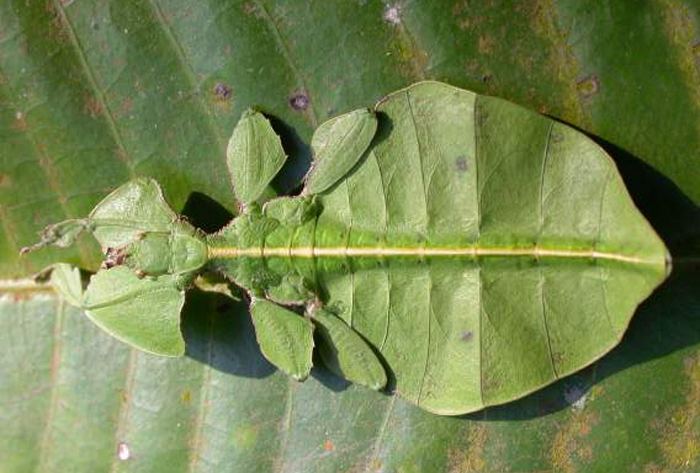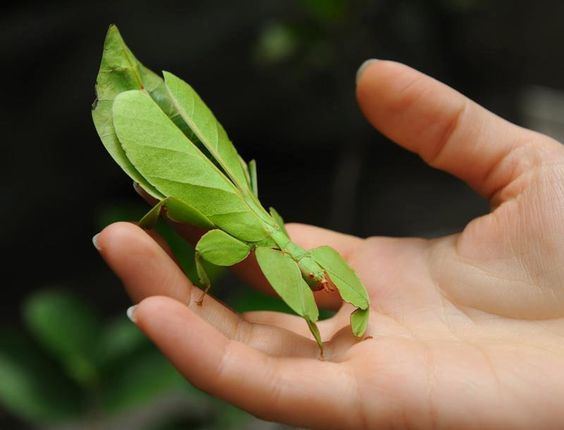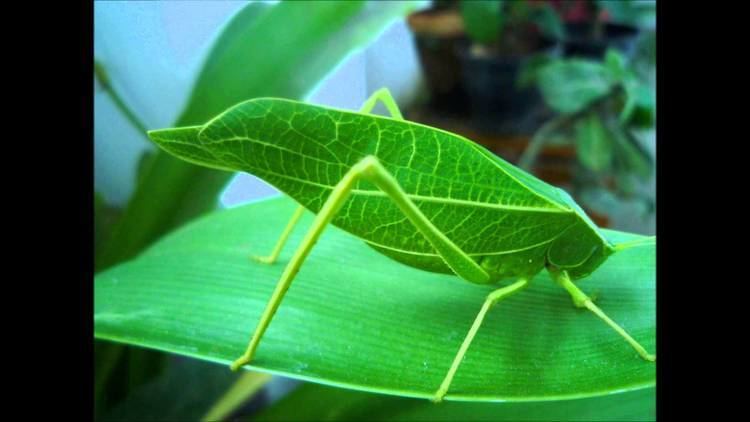Scientific name Phylliidae Rank Family | Superfamily Phyllioidea Higher classification Areolatae | |
 | ||
Lower classifications Phyllium, Leaf insect, Phylliinae | ||
Leaf insect phylliidae
The family Phylliidae (often misspelled Phyllidae) contains the extant true leaf insects or walking leaves, which include some of the most remarkably camouflaged leaf mimics in the entire animal kingdom. They occur from South Asia through Southeast Asia to Australia. At present, there is no consensus as to the preferred classification of this group; some sources treat Phylliidae as a much larger taxon, containing the members of what are presently considered to be several different families.
Contents

Characteristics

Leaf insects are camouflaged (using mimicry) to take on the appearance of leaves. They do this so accurately that predators often are not able to distinguish them from real leaves. In some species the edge of the leaf insect's body even has the appearance of bite marks. To further confuse predators, when the leaf insect walks, it rocks back and forth, to mimic a real leaf being blown by the wind.

The scholar Antonio Pigafetta probably was the first to document the creature. Sailing with Ferdinand Magellan's circumnavigational expedition, he studied and chronicled the fauna on the island of Cimbonbon as the fleet hauled ashore for repairs. During this time he documented the Phyllium species with the following passage:
History
A 47-million-year-old fossil of Eophyllium messelensis, a prehistoric ancestor of Phylliidae, displays many of the same characteristics of modern leaf insects, indicating that this family has changed little over time.
